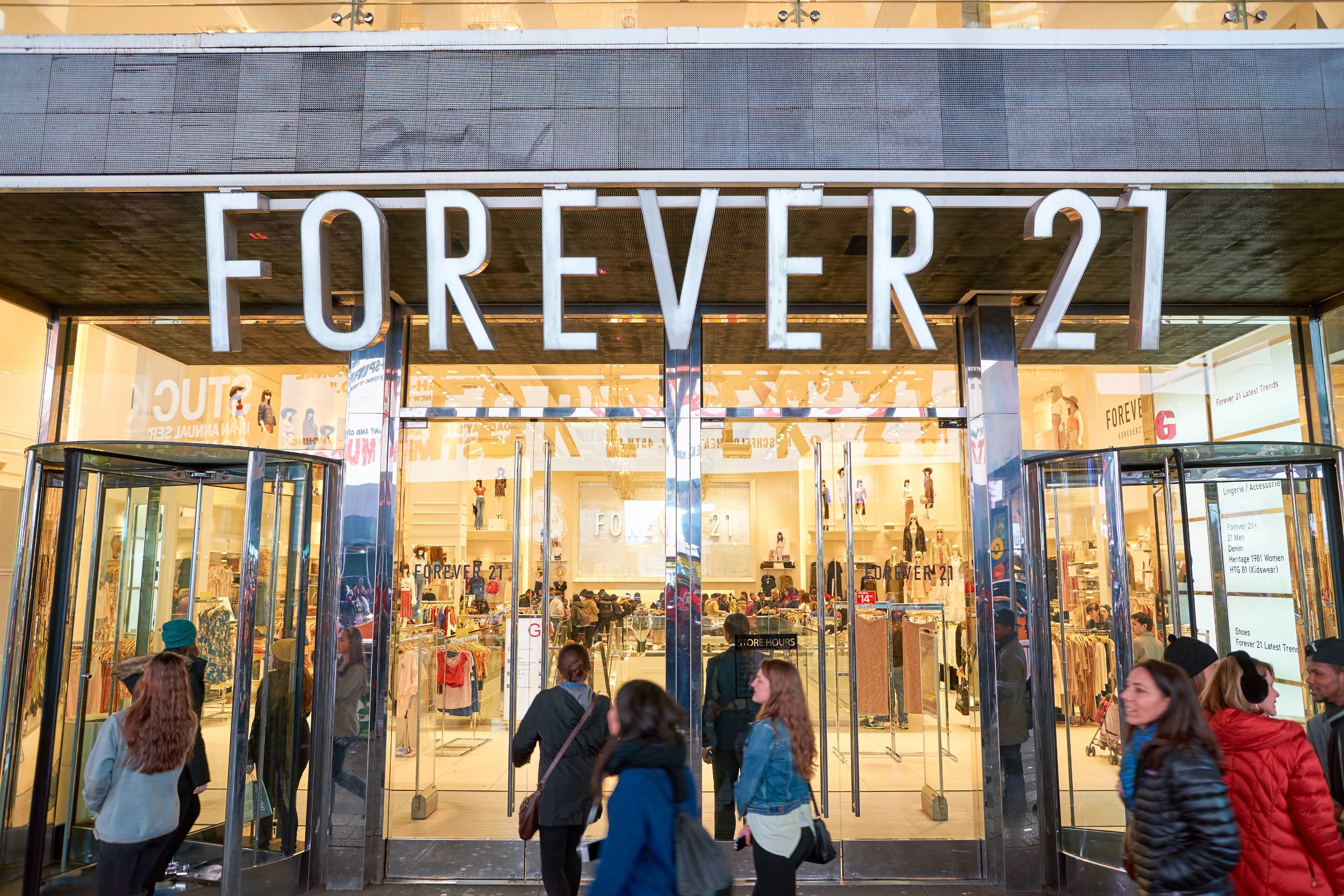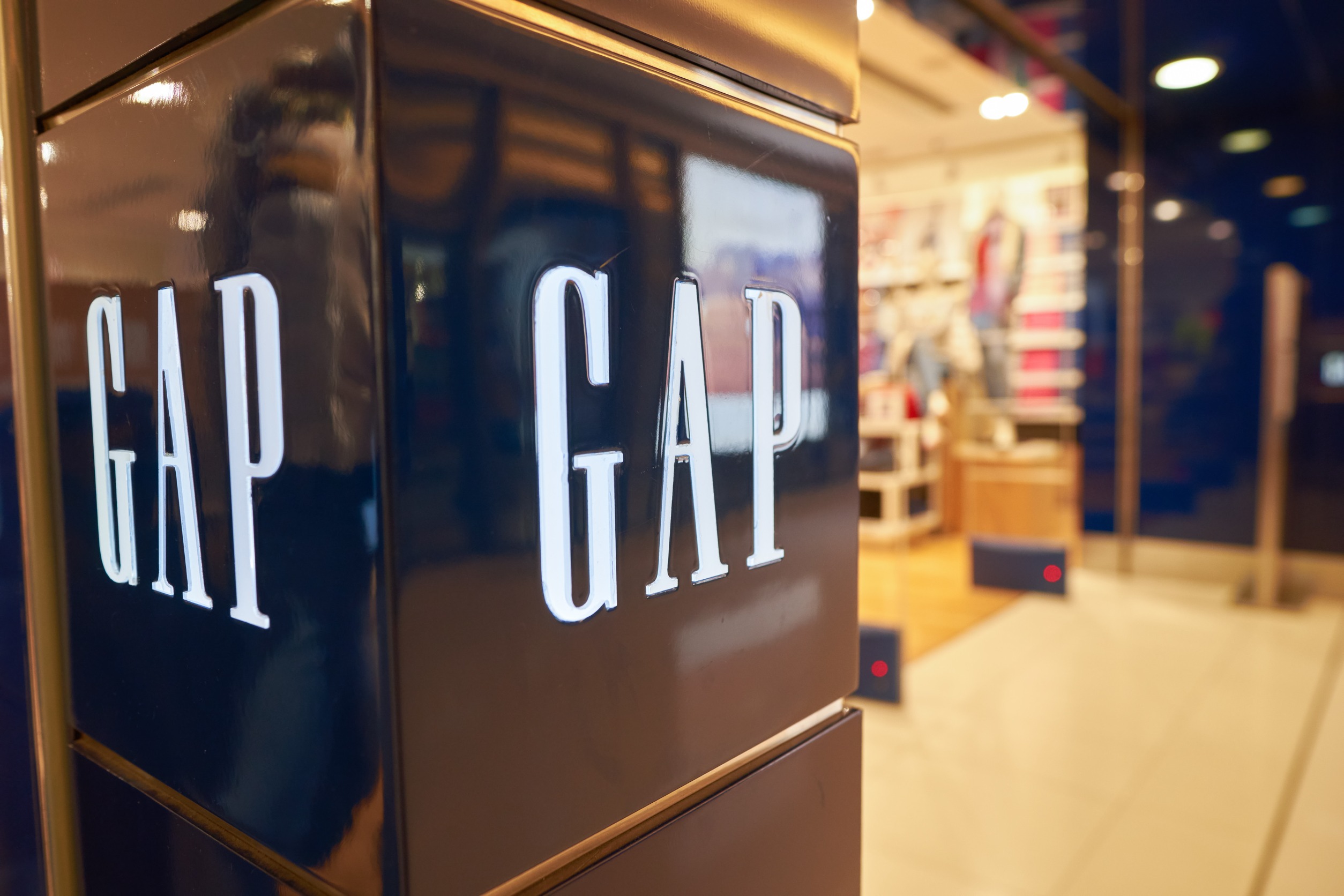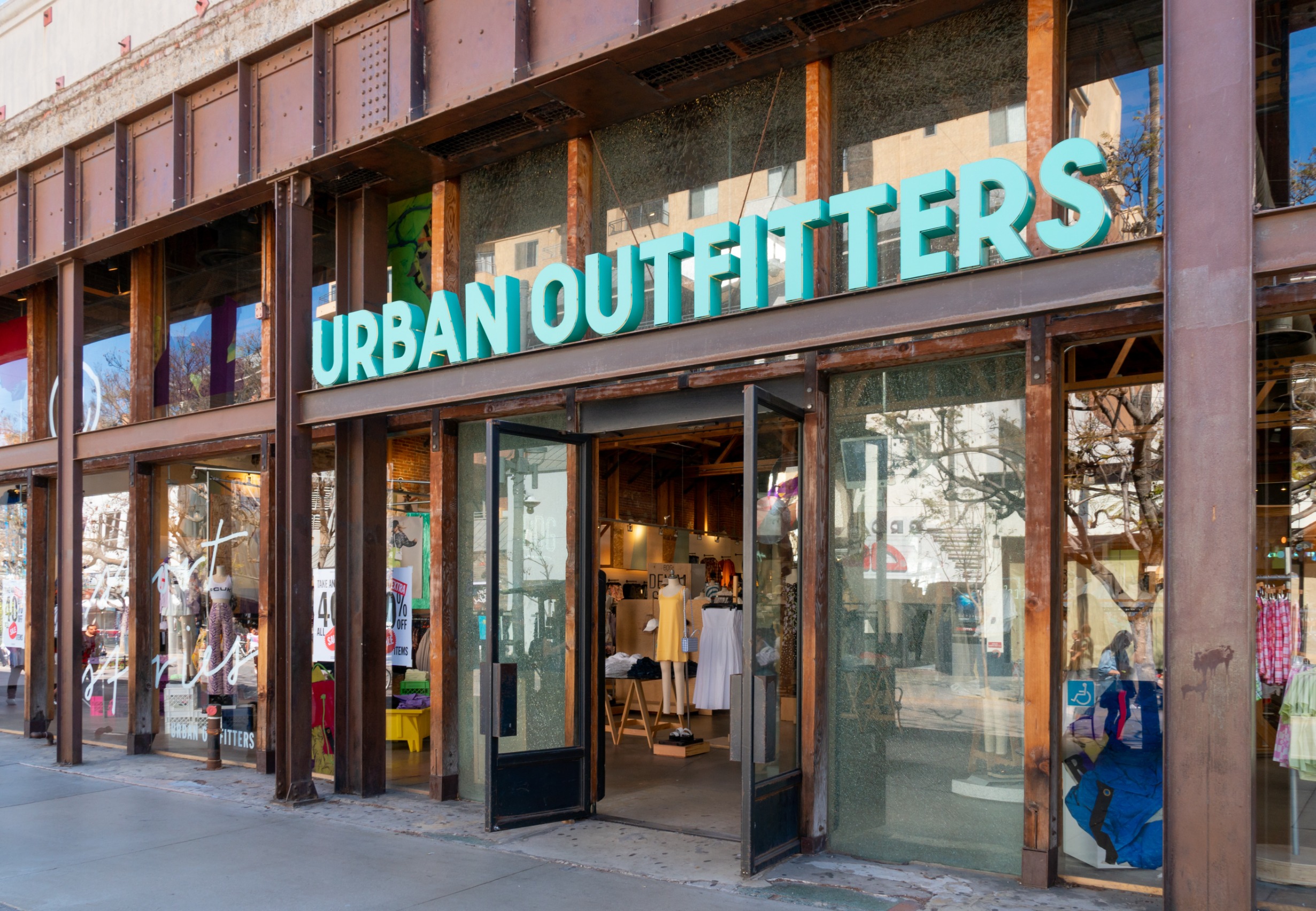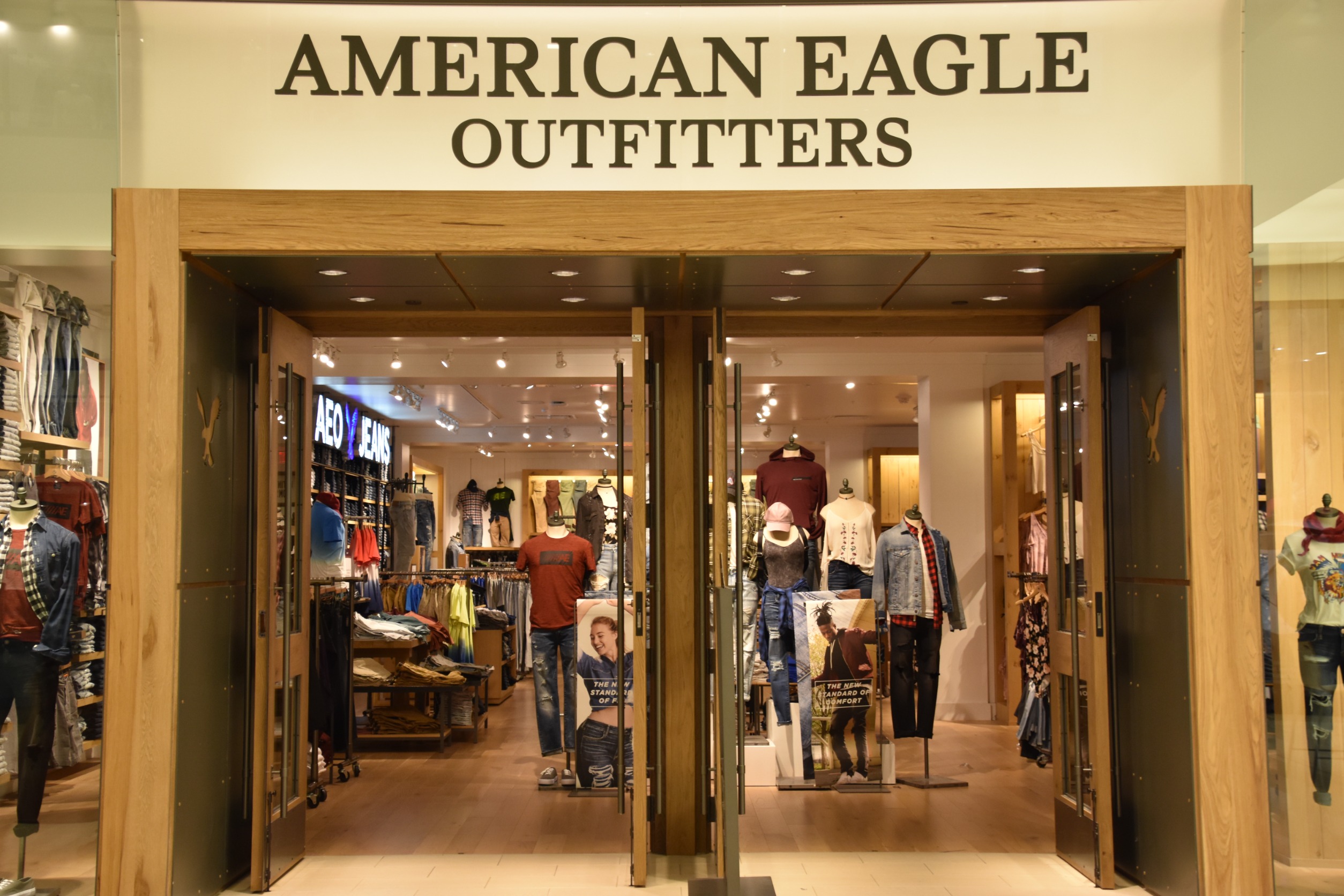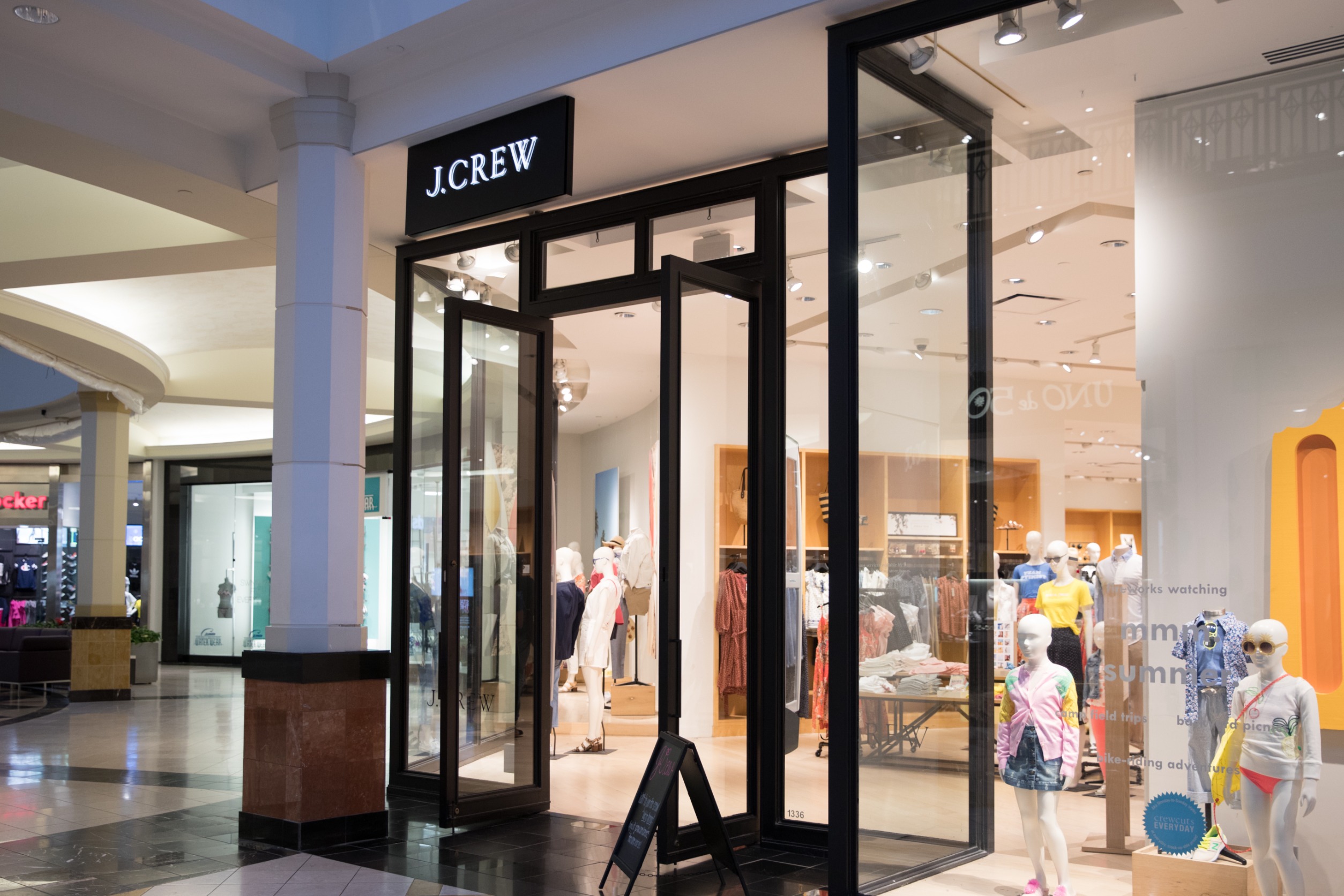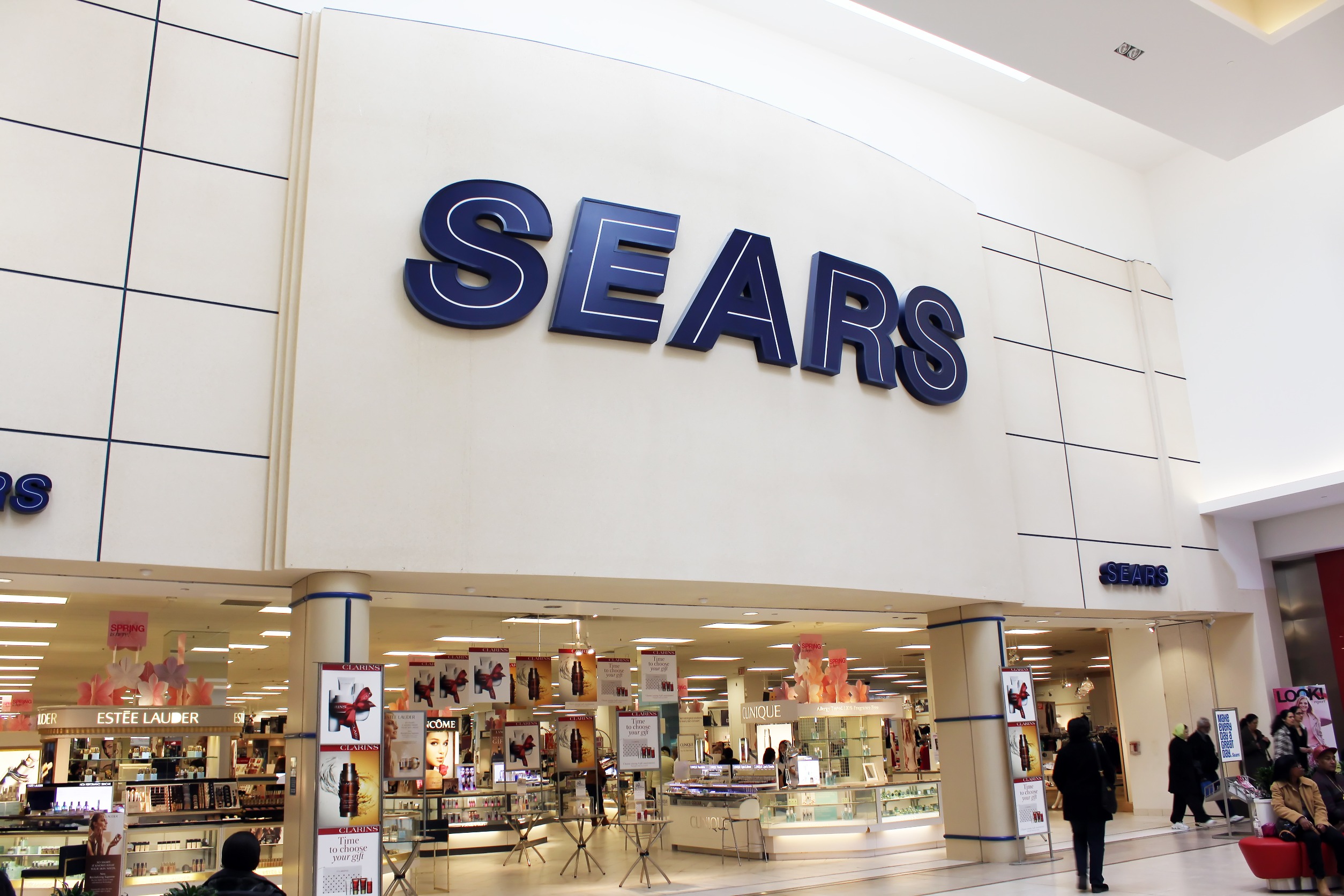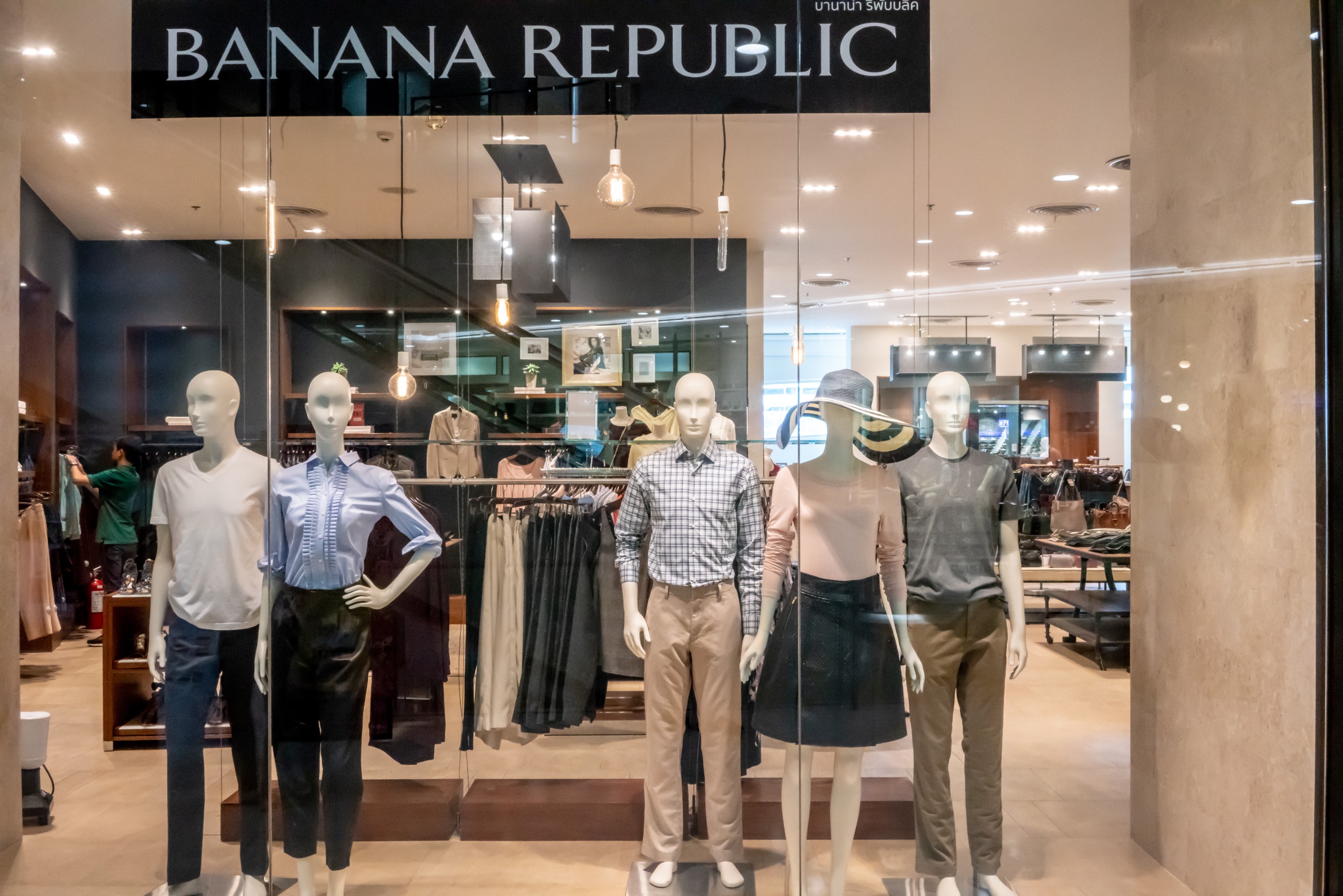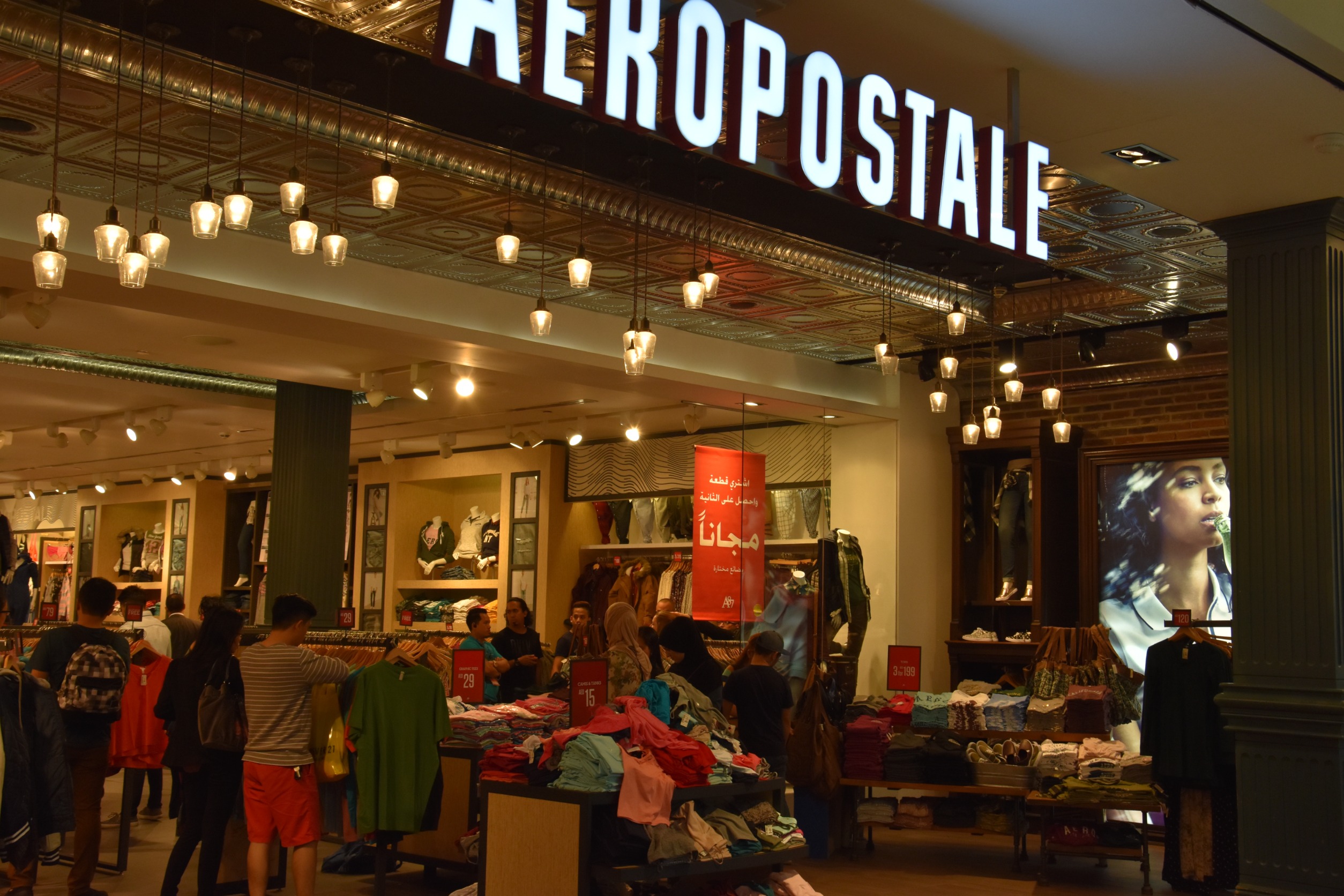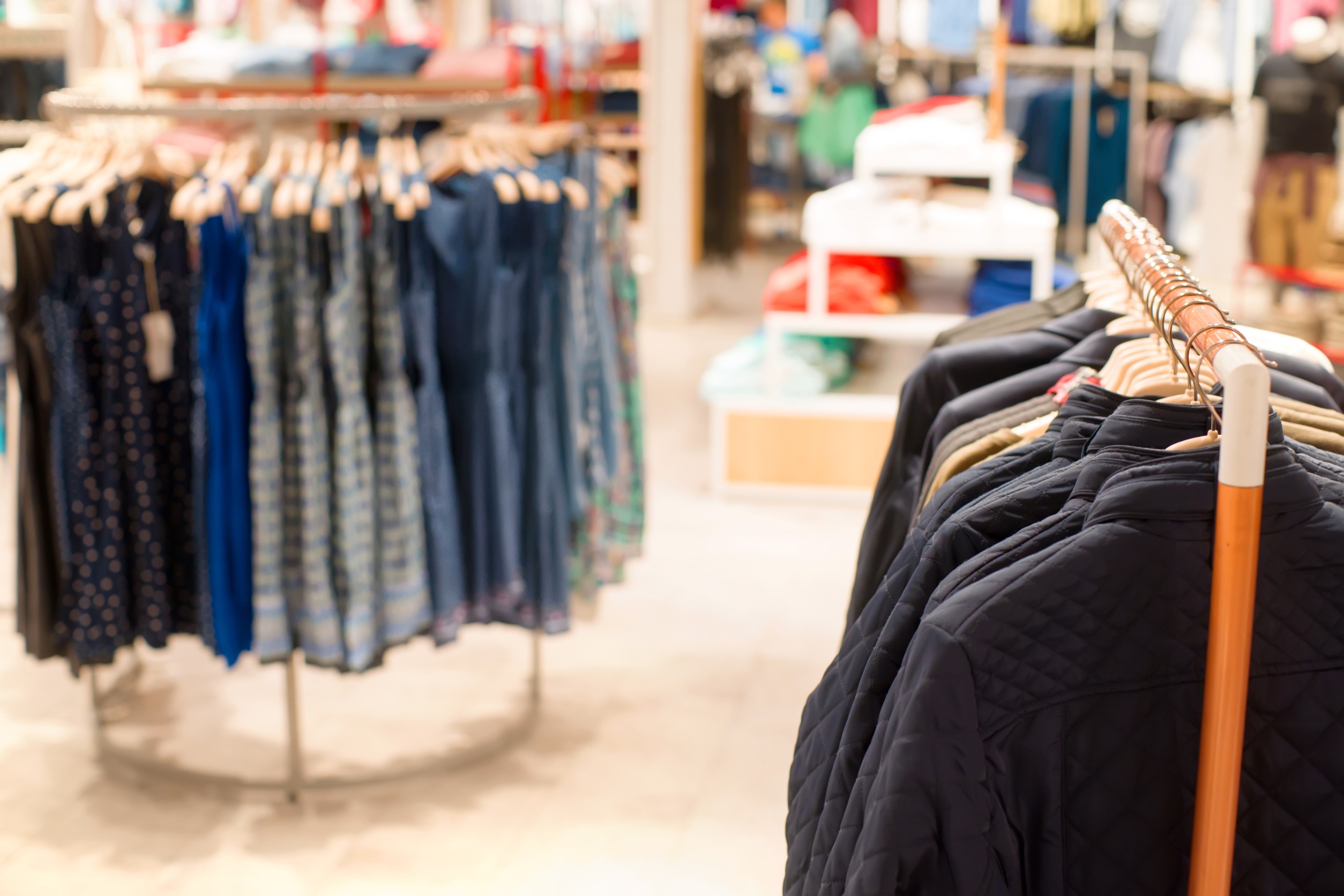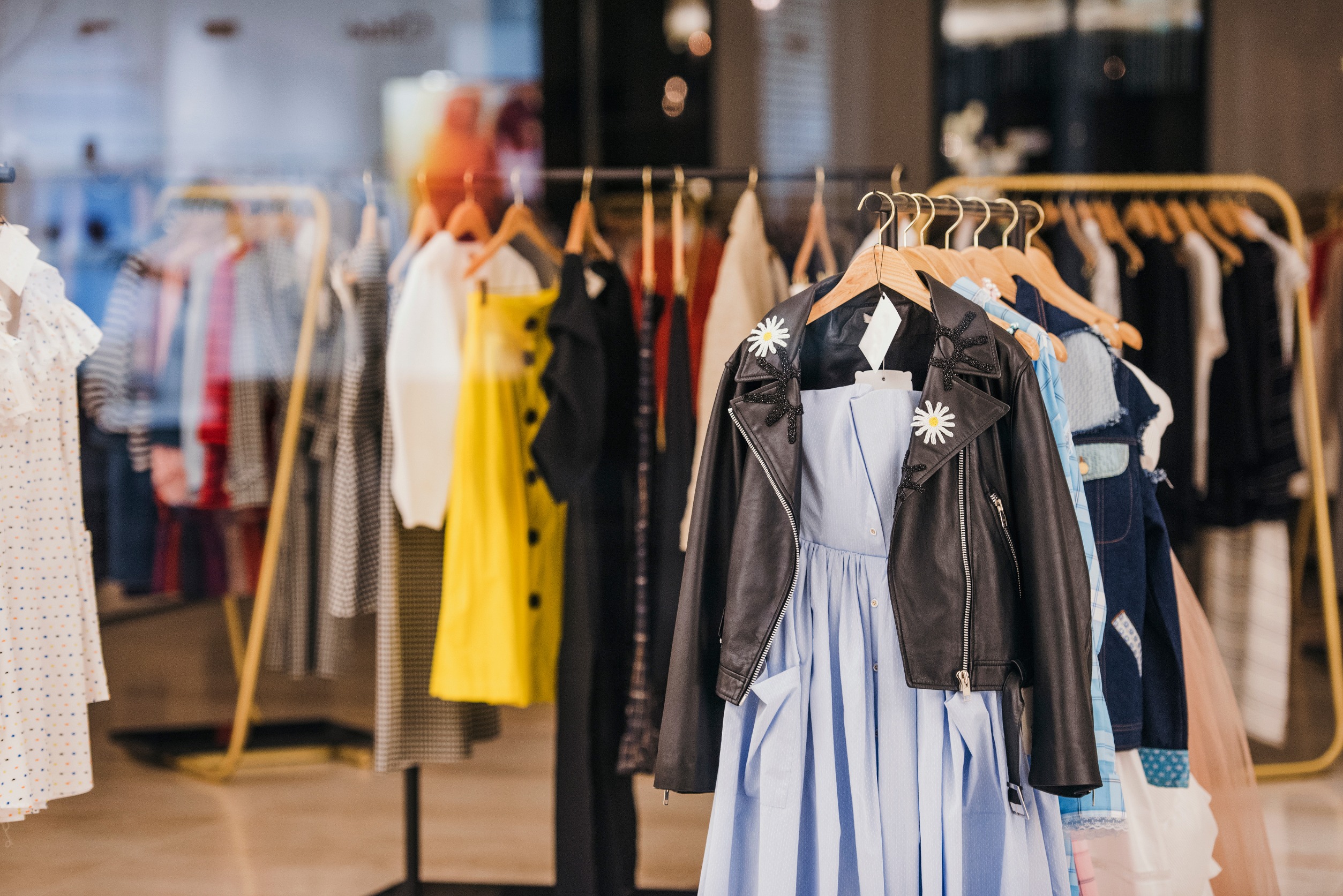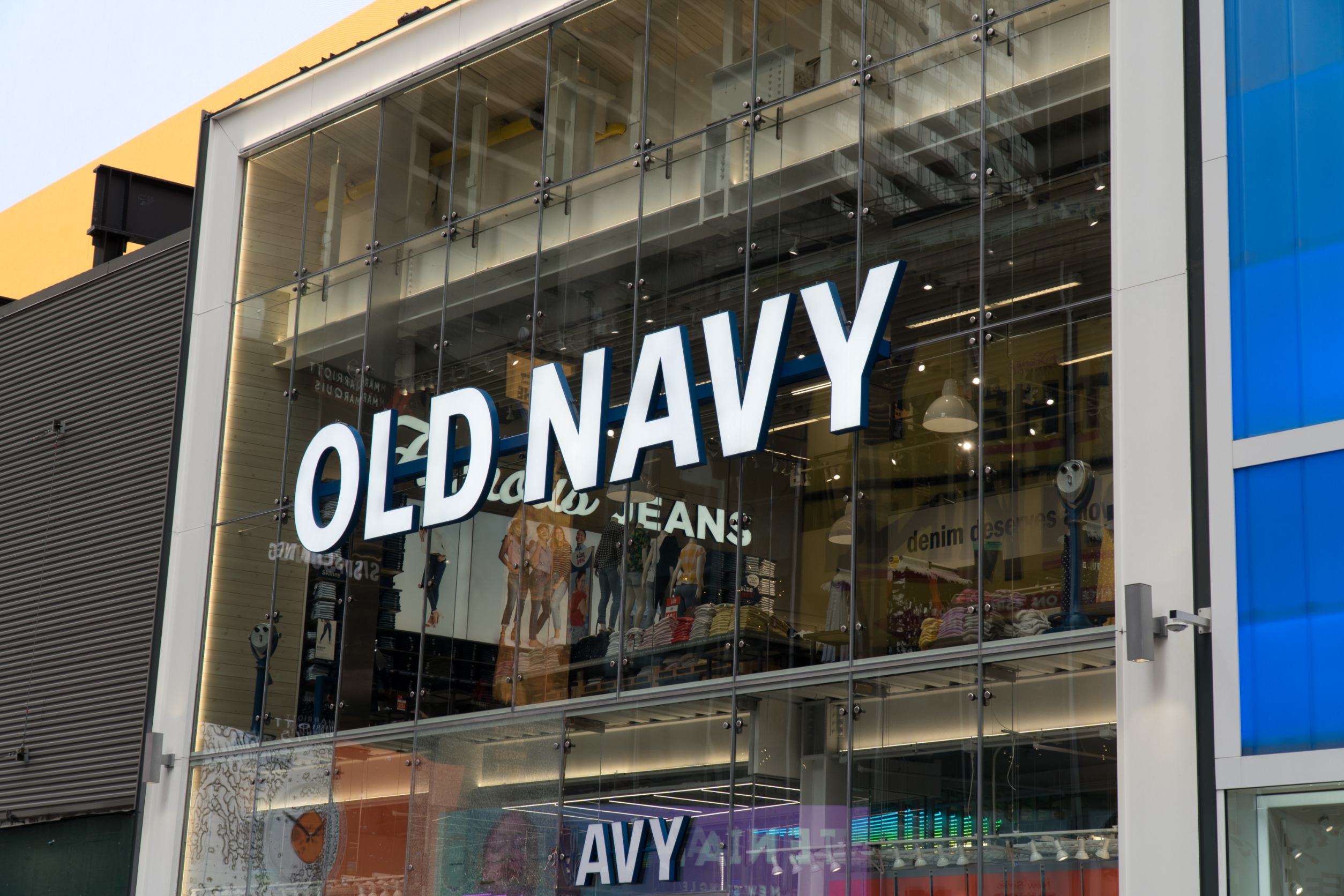Fashion trends are always changing, and with Gen Z at the helm, the industry is seeing a major shift. These digital natives have unique preferences and shopping habits, leaving some once-popular retailers struggling to keep up. Let’s take a look at 13 fashion retailers that Gen Z isn’t flocking to and how it’s impacting the industry.
1. Forever 21
Forever 21 once ruled the fast fashion world, but Gen Z’s preference for sustainability is leaving this giant in the lurch. They’re increasingly turning away from the brand’s quick-turnaround clothing lines that contribute to landfill waste.
Forever 21’s attempts to recapture market interest through digital marketing haven’t been as successful as hoped. The brand’s failure to pivot to eco-friendly practices has cost it dearly among socially conscious consumers. Moreover, its over-reliance on physical stores has not resonated well with the e-commerce-first approach of younger shoppers.
2. Gap
The Gap, known for its classic American casualwear, is failing to connect with Gen Z’s desire for unique and diverse fashion choices. This age group tends to favor clothing that stands out and speaks to individuality, leaving Gap’s more uniform style behind.
Their recent collaborations and celebrity endorsements haven’t significantly turned the tide. Even online, Gap struggles to compete with niche brands that align closely with Gen Z values. As a result, their market share has seen a steady decline, underscoring the need for a major brand overhaul.
3. Urban Outfitters
Urban Outfitters hasn’t quite lost it all, but it’s teetering on the edge with Gen Z. Their once-edgy aesthetic now feels predictable, and their pricing doesn’t match the perceived value among savvy younger shoppers.
The brand’s controversial missteps with culturally insensitive products have also alienated this woke demographic. Urban Outfitters needs a fresh infusion of truly innovative designs and a more sensitive marketing strategy.
4. American Eagle
Despite its efforts in inclusivity and size diversity, American Eagle isn’t resonating as expected with the Gen Z crowd. Their styles, once a hit among teens, now seem out of sync with the dynamic, evolving fashion trends that this cohort follows.
While the brand has made strides in sustainability, it hasn’t been enough to significantly shift perception. American Eagle’s heavy investment in brick-and-mortar has also backfired in the digital shopping era.
5. H&M
H&M’s fast fashion model is increasingly seen as problematic by Gen Z, who prioritize sustainability and ethical production. While the brand has introduced conscious collections, the overall impact of their business model remains a concern.
Gen Z’s push for transparency in clothing origins and labor practices has put H&M under scrutiny. Additionally, the brand’s trend-driven approach has not evolved quickly enough to satisfy the diverse aesthetic demands of this generation.
6. Abercrombie & Fitch
Abercrombie & Fitch has struggled to shake off its early 2000s image, which is now a turn-off for Gen Z looking for modern, inclusive brands. Their rebranding efforts to shed the exclusive, preppy image have been too slow and insufficiently radical.
Gen Z shoppers seek brands that stand for more than just aesthetics—social responsibility and inclusivity are key. Abercrombie’s pricing strategy also hasn’t aligned with the budget-conscious nature of younger consumers. Their continued reliance on sexualized marketing has done little to endear them to a generation that values empowerment and body positivity.
7. J.Crew
J.Crew’s preppy, upscale casual style hasn’t aged well with the younger generation seeking more edge and affordability in their wardrobes. The brand has been slow to adapt to online shopping trends, which has made it less accessible to digital-first consumers.
Their designs have remained static and fail to reflect the vibrant, eclectic style preferred by Gen Z. J.Crew’s sustainability initiatives are also lacking, making it less appealing in an environmentally conscious market.
8. Sears
Sears once served as a retail giant, but its failure to innovate has led to its diminishing presence in the fashion industry. Gen Z’s lack of interest is palpable, as the brand does not align with any of their key shopping priorities; innovation, sustainability, or digital engagement.
The outdated store layouts and lack of compelling online shopping options have made Sears irrelevant to this young, tech-savvy crowd. The brand’s conservative approach to fashion also does not resonate with Gen Z’s bold and experimental style preferences.
9. Banana Republic
Banana Republic has traditionally catered to a more mature audience with its refined and professional attire. However, this positioning has made it less attractive to Gen Z, who favor more versatile and statement-making pieces.
Despite efforts to modernize their collections, the response from younger shoppers has been lukewarm. Banana Republic needs to radically reinvent its offerings to capture the imagination and spending power of Gen Z.
10. Aeropostale
Aeropostale’s challenge is in reinventing itself to appeal to a generation that values authenticity and sustainability. Their once-popular aesthetic now seems out of sync with Gen Z’s preference for unique and ethically produced fashion.
The brand’s heavy reliance on physical retail and its slow response to digital trends are major drawbacks. To win back a place in young consumers’ hearts, Aeropostale must innovate both its product offerings and its marketing tactics. A fresh, authentic approach could help them regain relevance.
11. Express
Express has seen better days, with its once-popular mall-centric business model falling out of favor with Gen Z, who prefer shopping online. The brand’s focus on office wear also does not appeal to the younger crowd who are looking for more casual, versatile styles.
Despite some attempts at digital marketing, Express has struggled to create a compelling online presence. The lack of engagement on social media platforms, where Gen Z spends most of their time, highlights the disconnect.
12. Charlotte Russe
Charlotte Russe’s affordable party wear was a hit with millennials, but Gen Z is turning their backs on the brand for its lack of sustainability and unique design. Charlotte Russe’s heavy presence in declining shopping malls and minimal online innovation are additional drawbacks.
The brand needs to embrace a more digital, forward-thinking approach to regain its appeal among this discerning demographic. As it stands, Charlotte Russe must dramatically alter its strategy or continue to fade into obscurity.
13. Old Navy
Old Navy, once the go-to for family casuals, is seeing its allure wane with Gen Z. Although affordable, the brand’s basic and often repetitive designs do not satisfy the desire for unique, standout pieces.
Efforts to appeal to this demographic through influencers and partnerships have had mixed results. Sustainability concerns and a lack of innovation in their product lines are further driving Gen Z away.
Looking Ahead: The Future of Fashion Retail
As these 13 brands struggle to keep up, the fashion industry is learning a valuable lesson—adapt or fade away. Gen Z’s influence is undeniable, prompting a seismic shift in how retailers approach everything from marketing to product development.
The retailers that will thrive are those that not only keep pace with technological advancements but also commit genuinely to sustainability and transparency. For the others, it might be time to go back to the drawing board. This generation isn’t just shopping; they’re voting with their wallets for the future they want to wear.
Read More
Shopping Trends That Impact Your Budget
Evolving Shopping Trends Effect on Sales


